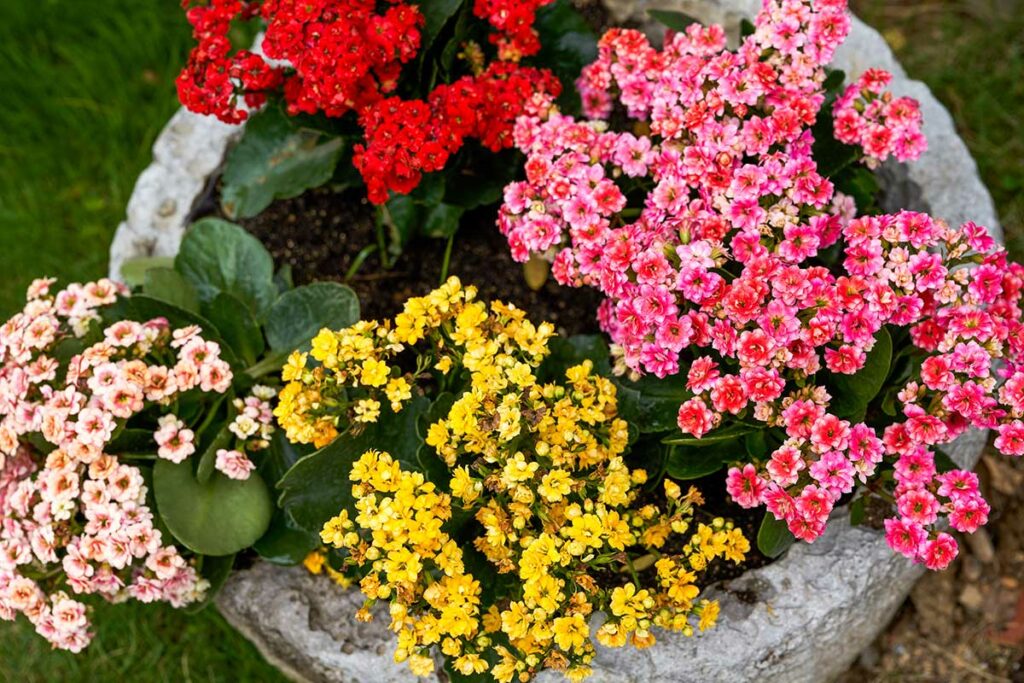
Picture Kalanchoe as the type of plant that can brighten up your mood and living space. Their little leaves and colorful flowers boast a range of hues and bring new life to any area. Plus, they’re tough enough to handle various conditions, from low light to drought.
Getting your Kalanchoe to bloom is simple with some knowledge and know-how. Here you’ll learn about the benefits of Kalanchoe and how to create an optimal environment for blooming.
With our help, you’ll be able to get your Kalanchoe flourishing! So, let’s start with the basics.
What Is Kalanchoe?
Kalanchoe is a genus of nearly 200 varieties of succulent plants native to the warm, arid climates of Madagascar. It belongs to the Crassulaceae family and has fleshy stems as well as leaves with unique scalloped edges.
It’s also known for its clusters of flowers in vibrant shades of white, pink, red, and yellow. If you want your Kalanchoe to put on an eye-catching show of blooms, here’s what you need to know.
How to Get Kalanchoe to Bloom
With the proper care and maintenance, your Kalanchoe can be full of bright and beautiful blooms just in time for spring.
Ready to get your Kalanchoe to bloom? Follow these steps to get the most out of your plant:
Step 1: Provide Plenty of Sunlight
Kalanchoes are native to Madagascar and are used to a lot of sunshine! To help your Kalanchoe reach its full flowering potential, make sure it gets plenty of bright light during the day.
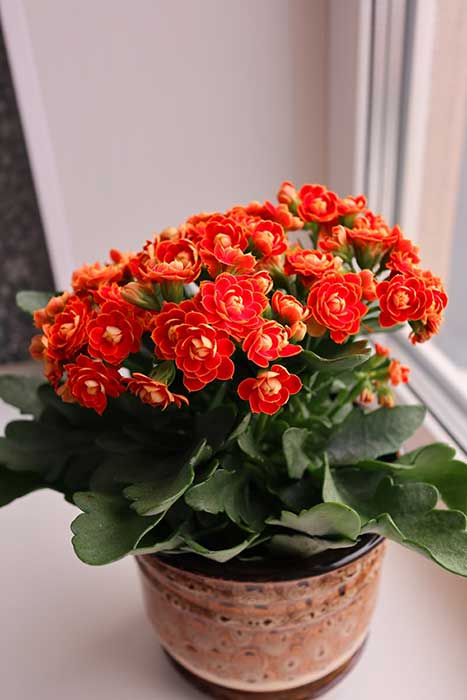
An east-facing windowsill is an excellent spot for it. But be careful! Kalanchoes don’t like direct sunlight because it can burn their leaves.
Step 2: Keep it Cool at Night
Kalanchoes are also used to cool nights in their natural environment—temperatures that dip as low as 45℉ or lower. To mimic this environment at home, make sure you keep your plants in a nighttime room between 50℉ and 55℉.
If you don’t have access to a cool room, try wrapping your Kalanchoe in a newspaper or hanging it outdoors.
Step 3: Water Sparingly
While keeping your Kalanchoe cool at night and sunny during the day certainly helps with blooming, the water you give your plant matters too. Most plants need consistent watering while growing—but that changes when flowers appear on your Kalanchoe.
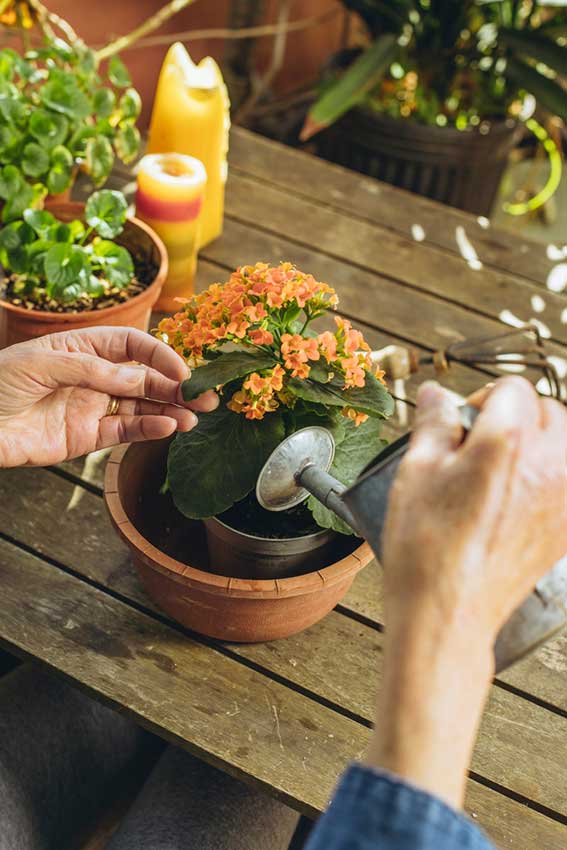
Once buds begin forming on the stem, reduce watering and focus on providing moist soil instead of soggy soil during cooler months (spring and fall).
Step 4: Give It Time to Rest
Make sure that you give your Kalanchoe enough time to rest after flowering before you encourage it to bloom again. You can do this by keeping the temperature lower at night and maintaining humidity levels around the plant.
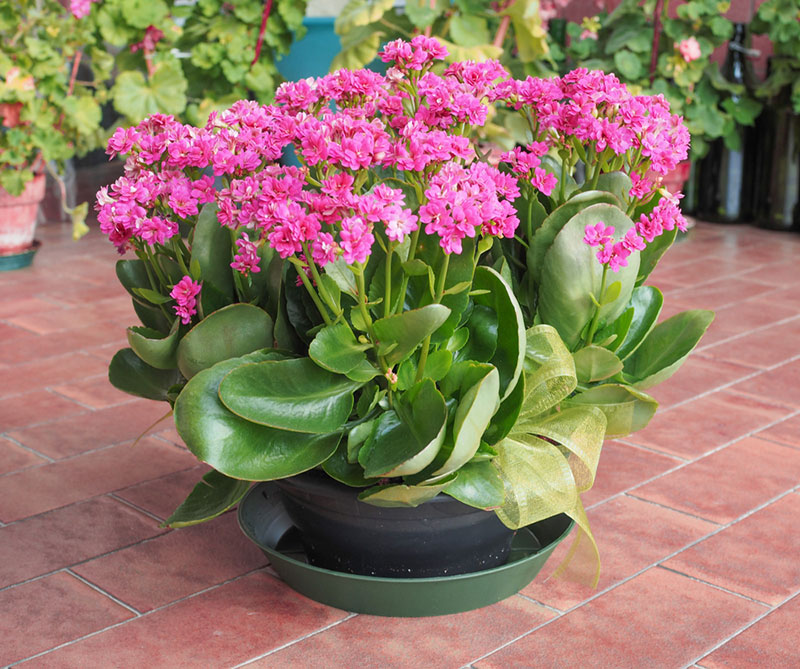
Doing so will give these hardy plants enough time between blooms to store energy for their next growth and flowering cycle!
Benefits of Growing Kalanchoe
Kalanchoe is a popular succulent because of its beauty and many benefits.
Let’s take a look at some of the great things this plant offers.
Year-Round Color
Kalanchoe is an evergreen plant that will remain attractive all year round! Even in winter, when most outdoor plants lie dormant, Kalanchoe will continue to bloom and bring some color to your garden.
Easy Care
Kalanchoe plants are relatively low-maintenance. No fertilizers or pruning are required to keep the plants healthy. The soil should be allowed to dry before watering again, and you should ensure the plant gets adequate light for optimum growth.
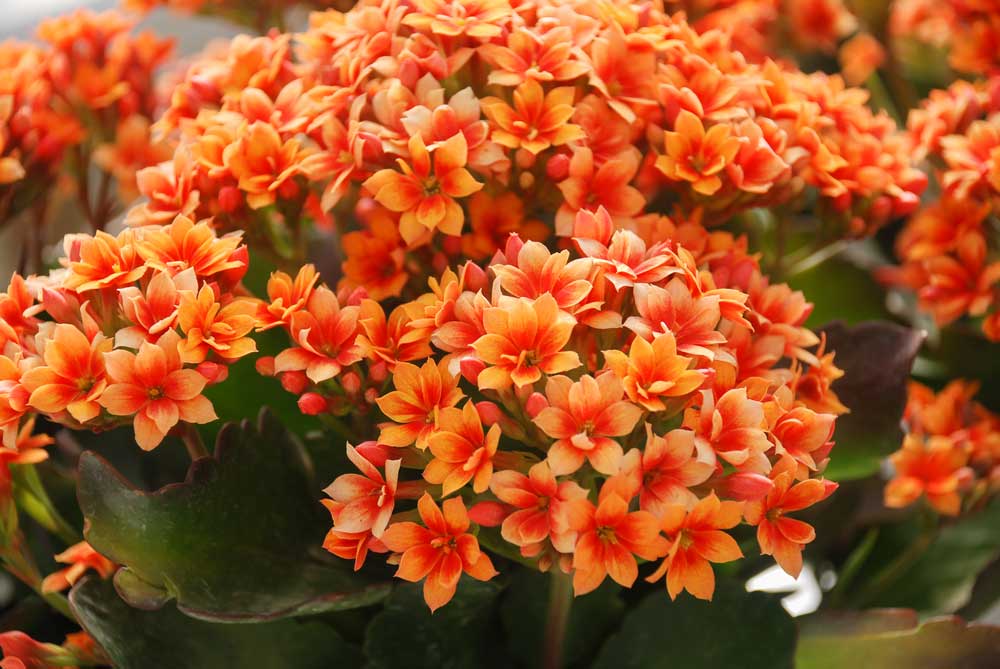
Finally, occasional repotting is recommended to make sure its roots have room for new growth; however, you should only do this during certain times of the year.
Air Purifier
These plants also act as natural air purifiers by absorbing environmental toxins and releasing oxygen. This makes them an excellent choice for indoor home decorating!
Knowing that your house can be cleaner just by having these little flowering plants around provides an extra incentive to ensure they thrive!
Low Spreading Risk
Finally, kalanchoes don’t spread easily, which helps contain their growth and makes them much easier to manage. Other plants require constant monitoring and upkeeping.
This makes them perfect for smaller spaces where one doesn’t have the time or energy needed for extensive maintenance.
Wrapping Up
As you can see, getting Kalanchoe to bloom is a simple but rewarding process. You can enjoy beautiful flowers and lush foliage for months with the right environment and care!
Just remember to give the plant plenty of light, enough water, and frequent fertilizer. With some knowledge and care, you’ll have a thriving and beautiful Kalanchoe.




